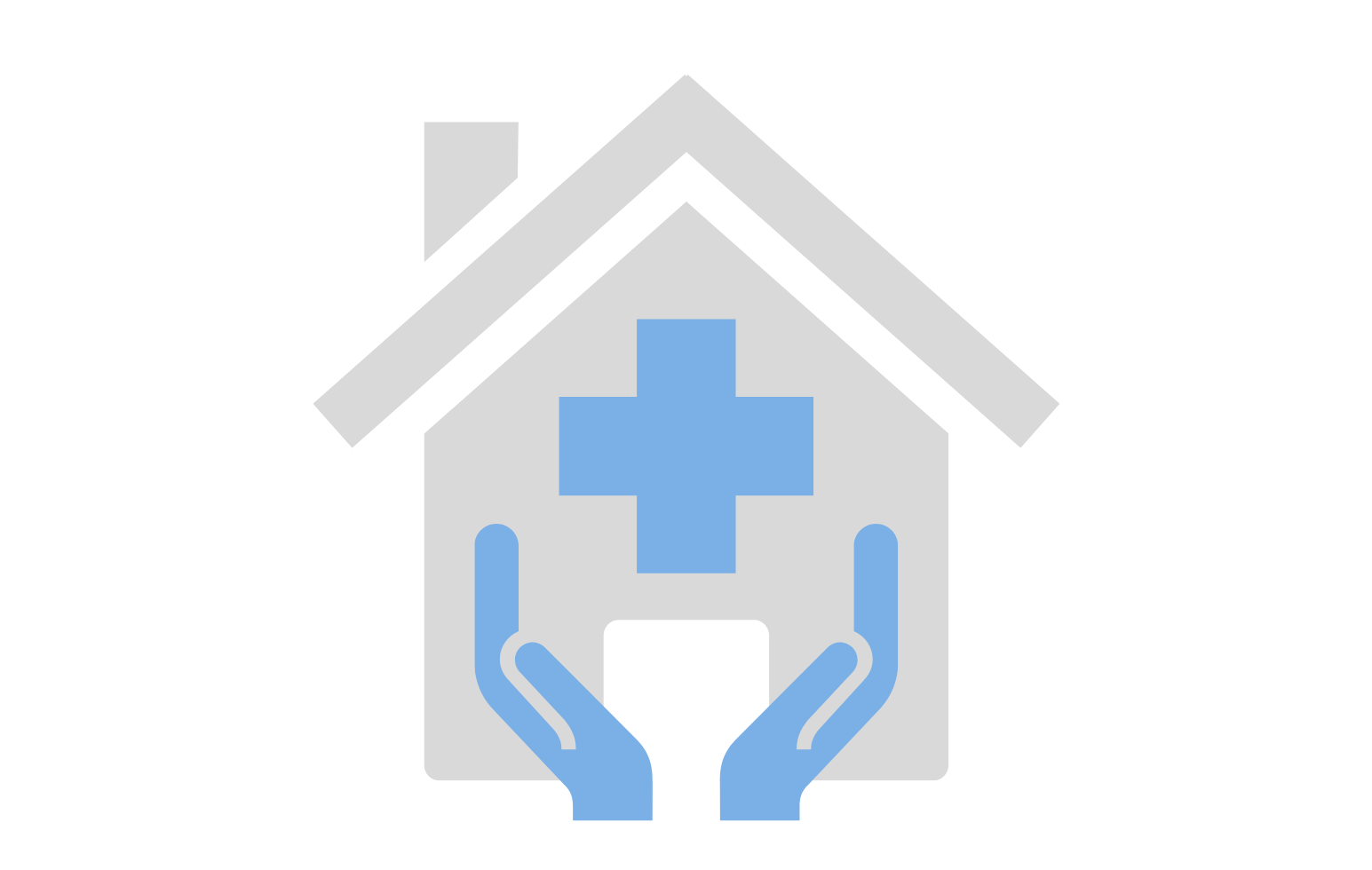Establishing a Medical Home for a participant is one of the 21 Pathways the Community Care HUB’s Community Health Workers (CHWs) will focus on.
According to the Primary Care Collaborative (PCC), a medical home “is best described as a model or philosophy of primary care that is patient-centered, comprehensive, team-based, coordinated, accessible, and focused on quality and safety.”
Opening a Medical Home Pathway is done when a CHW learns the participant doesn’t have a source of primary care. This pathway is only open once and its goal is to create a lasting relationship between the participant and the primary care physician.
Once an appointment is made and the CHW confirms the participant kept the appointment, the pathway is closed as complete.
Medical homes are important because they house all patient health records and, since a patient is consistent is seeing the same doctor, a rapport is built between them.
The American Academy of Pediatrics (AAP) states that a medical home should include these components:
- Accessible
- Compassionate Care
- Comprehensive Care
- Continuous Care
- Coordinated Care
- Culturally Competent Care
- Family-Centered Care
CHWs can help a participant obtain a medical home by first learning why they don’t already have one. In many cases, participants don’t have a medical home due to Social Determinants of Health (SDOH) like a lack of transportation or childcare. Without stable transportation, keeping doctor’s appointments can be difficult. Similarly, not having reliable people or a daycare to watch your child or children can make attending appointments stressful. Both of those SDOHs also rely on money, which can be tight for many individuals.
In Johnstown, the poverty rate sits around 38%, which means for a good portion of the residents there isn’t a lot of money left over after bills are paid to pay for transportation, whether it be a bus pass or a car and its maintenance, or childcare.
Through training, CHWs learn to assess SDOHs or risk factors that hinder a participant’s health. If a participant identifies lack of transportation as a barrier for a medical home, the CHW will work with them to find reliable transportation.
By helping participants determine their individuals SDOH needs, a CHW can open pathways that help alleviate the problems. Working together CHWs and participants will chip away slowly at what obstructs good health habits to create a healthier person all around.
Sources:
https://medicalhomeinfo.aap.org/about/Documents/FINAL%20Medical%20Home%20Infographic.pdf
https://www.pcpcc.org/about/medical-home

